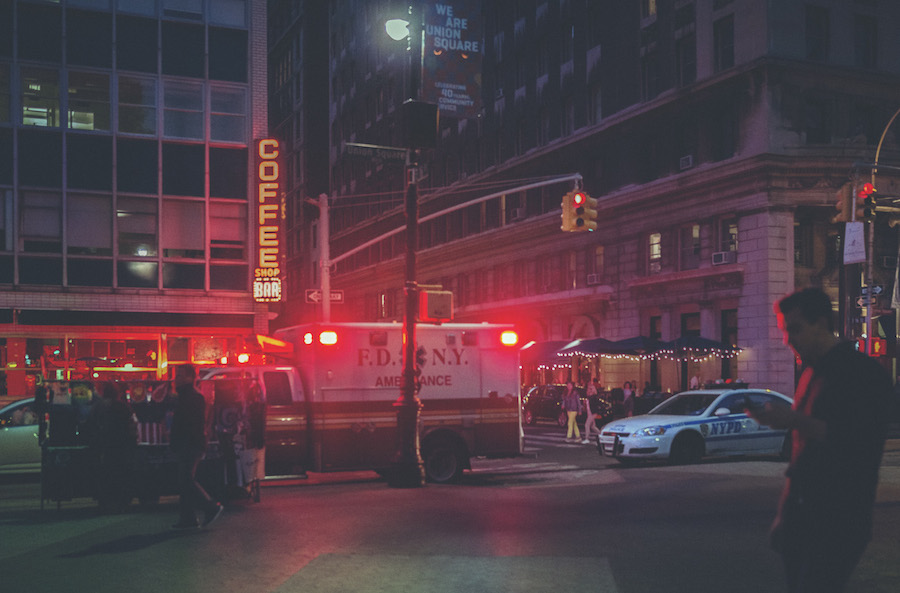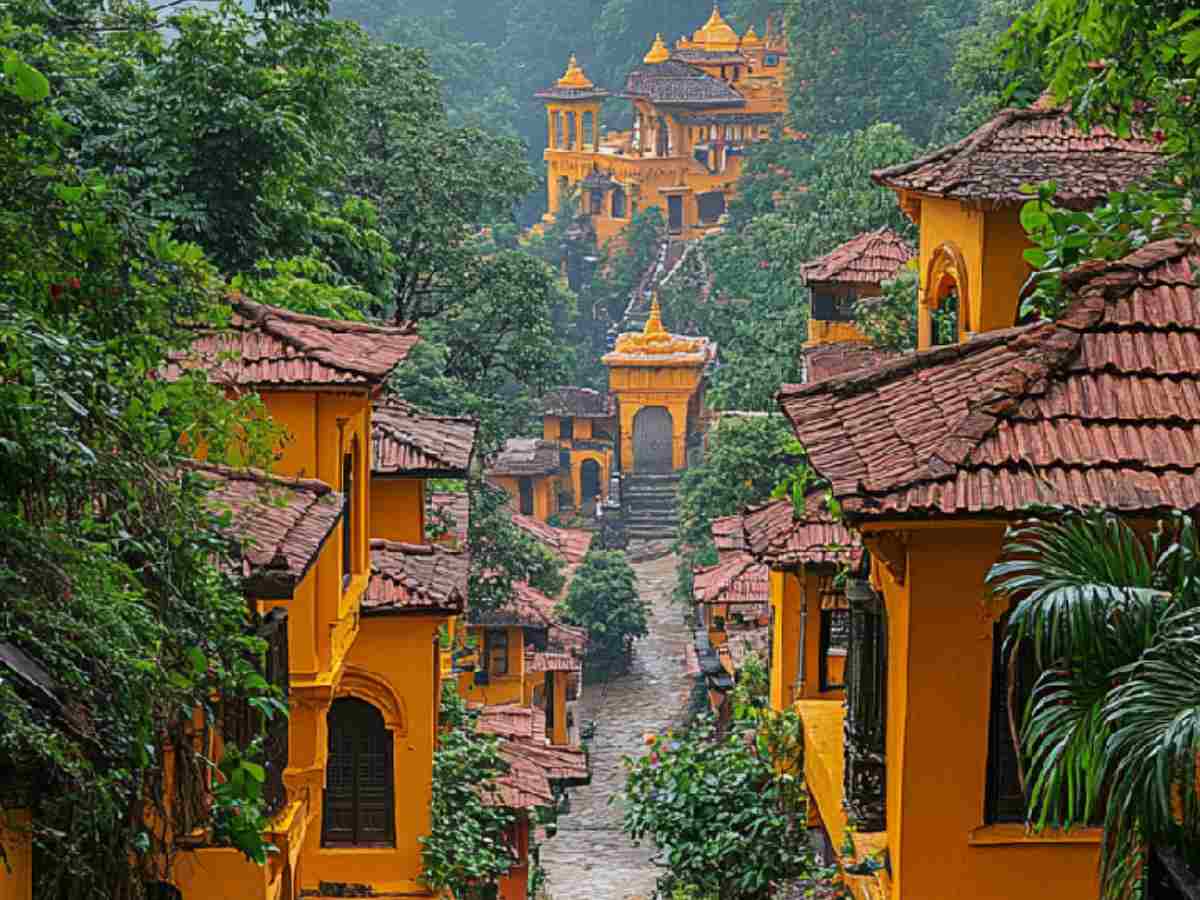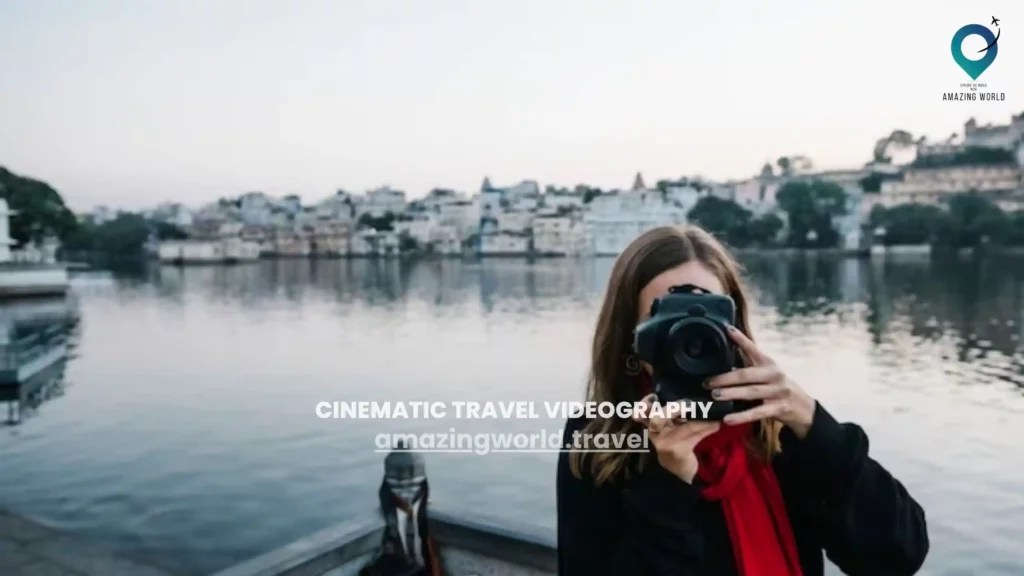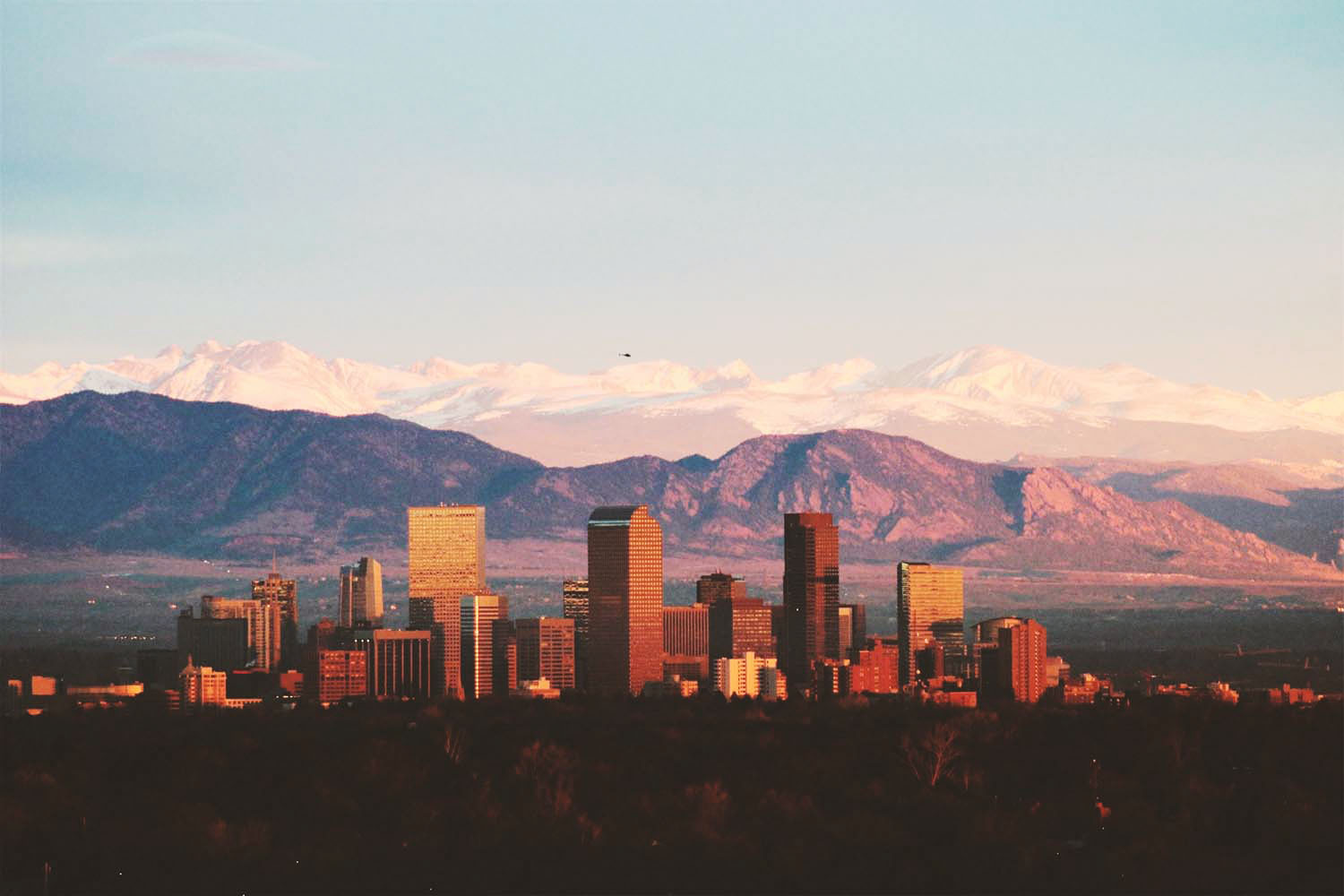“Unlocking the World: Creative Lens Techniques for Captivating Travel Photography
Related Articles Unlocking the World: Creative Lens Techniques for Captivating Travel Photography
- Cinematic Vlogging On The Go: A Beginner’s Guide To Capturing Stunning Travel Content
- GoPro: The Ultimate Travel Companion For Capturing Unforgettable Moments
- Unlocking Your Travel Photography: A Beginner’s Guide To Camera Settings
- Beginner Sunset Photography Tips: Gear Up And Capture The Golden Hour
- DSLR Travel Photography Ideas: Apps To Inspire Your Next Adventure
Introduction
With great enthusiasm, we dive into an engaging topic: Unlocking the World: Creative Lens Techniques for Captivating Travel Photography. Together, we’ll uncover insights that inform, inspire, and open new perspectives for our readers.
Table of Content
Unlocking the World: Creative Lens Techniques for Captivating Travel Photography
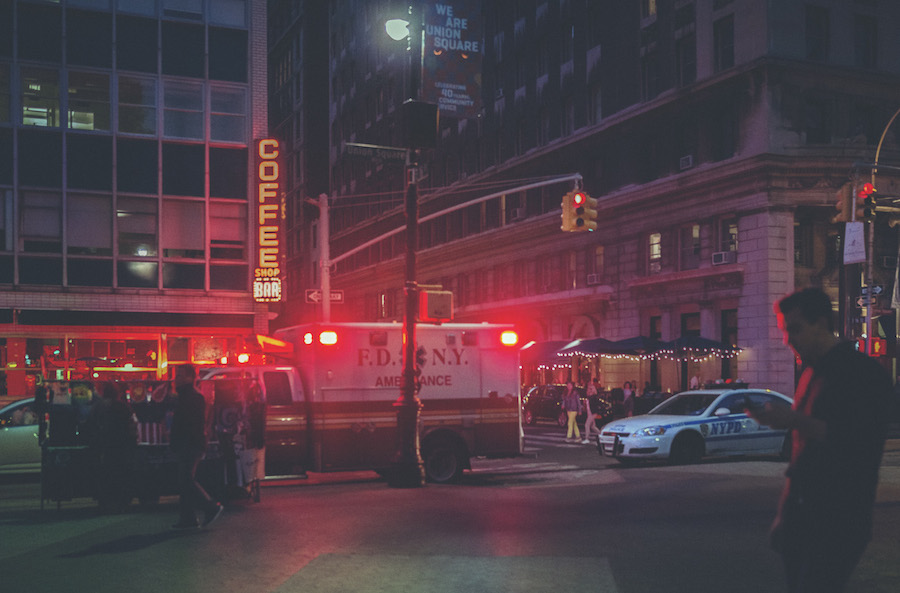
Travel photography is more than just documenting locations; it’s about telling stories, capturing emotions, and sharing unique perspectives. While a good camera body is essential, the lenses you choose and how you use them can dramatically transform your travel photos from snapshots to captivating works of art.
This article delves into creative lens techniques that will elevate your travel photography, helping you see the world through a new lens (pun intended!). We’ll explore a variety of techniques, from leveraging different focal lengths to experimenting with focus, motion, and perspective.
1. Mastering the Wide-Angle Perspective: Immersion and Grandeur
-
When to Use It: Landscapes, cityscapes, architecture, interiors, crowded markets.
-
Why It Works: Wide-angle lenses (typically 14mm-35mm) capture a vast field of view, creating a sense of immersion and making subjects appear larger than life. They are excellent for conveying the grandeur of a scene.
-
Creative Techniques:
- Leading Lines: Use natural lines (roads, rivers, fences) to draw the viewer’s eye into the scene and create depth.
- Foreground Interest: Place a compelling object in the foreground (a flower, a rock, a person) to add context and scale.
- Exaggerated Perspective: Get close to your subject to distort perspective and create a dynamic, almost surreal effect. Be mindful of distortion, especially at the edges of the frame.
- Low Angle Shots: Shooting from a low angle can make buildings and landscapes appear more imposing.
2. The Versatility of Standard Lenses: Storytelling and Context
-
When to Use It: Street photography, portraits, everyday scenes, documenting cultural events.
-
Why It Works: Standard lenses (typically 35mm-50mm) offer a field of view that is closest to human vision. They are versatile for capturing a wide range of subjects in a natural and relatable way.
-
Creative Techniques:
- Street Photography: Use a 35mm or 50mm lens to capture candid moments and tell stories of daily life. Look for interesting light, expressions, and interactions.
- Environmental Portraits: Capture portraits of people in their natural surroundings to provide context and tell a story about their lives.
- Selective Focus: Use a wide aperture (e.g., f/1.8 or f/2.8) to create shallow depth of field, blurring the background and drawing attention to your subject.
- Framing: Use natural elements (archways, trees, windows) to frame your subject and create a sense of depth and context.
3. The Power of Telephoto: Compression and Intimacy
-
When to Use It: Wildlife photography, landscapes, portraits, capturing details from a distance.
-
Why It Works: Telephoto lenses (typically 70mm-200mm or longer) compress perspective, making distant objects appear closer together. They are ideal for isolating subjects and capturing details that would otherwise be missed.
-
Creative Techniques:
- Landscape Compression: Use a telephoto lens to compress the elements of a landscape, creating a sense of depth and making distant mountains appear closer.
- Wildlife Photography: Capture close-up shots of animals without disturbing them.
- Bokeh: Use a wide aperture and a long focal length to create beautiful background blur (bokeh), isolating your subject and creating a dreamy effect.
- Abstract Details: Zoom in on small details (textures, patterns, colors) to create abstract compositions that capture the essence of a place.
4. Embracing Motion: Shutter Speed and Panning
-
When to Use It: Capturing movement (vehicles, people, animals), creating a sense of speed and energy.
-
Why It Works: By adjusting your shutter speed, you can freeze or blur motion, conveying a sense of speed, energy, or tranquility.
-
Creative Techniques:
- Motion Blur: Use a slow shutter speed (e.g., 1/30th of a second or slower) to blur moving objects, creating a sense of speed and movement. Use a tripod for stationary elements in the scene.
- Panning: Follow a moving subject with your camera while using a slow shutter speed. This will blur the background while keeping the subject relatively sharp.
- Freezing Motion: Use a fast shutter speed (e.g., 1/500th of a second or faster) to freeze motion, capturing sharp details of fast-moving subjects.
- Zoom Burst: While zooming in or out during a long exposure to create a radial blur effect.
5. Playing with Focus: Depth of Field and Focus Stacking
-
When to Use It: Creating emphasis, isolating subjects, capturing sharp details throughout a scene.
-
Why It Works: By controlling your aperture, you can manipulate the depth of field, determining how much of the scene is in focus.
-
Creative Techniques:
- Shallow Depth of Field: Use a wide aperture to create a shallow depth of field, blurring the background and drawing attention to your subject.
- Deep Depth of Field: Use a narrow aperture to create a deep depth of field, ensuring that everything in the scene is sharp.
- Focus Stacking: Take multiple photos of the same scene with different focus points, then combine them in post-processing to create an image with extreme depth of field.
- Selective Focus: Intentionally blur certain areas of the image to guide the viewer’s eye and create a sense of mystery.
6. The Art of Composition: Framing and Perspective
-
When to Use It: All types of photography.
-
Why It Works: Composition is the arrangement of elements within the frame. It’s crucial for creating visually appealing and engaging images.
-
Creative Techniques:
- Rule of Thirds: Divide the frame into thirds both horizontally and vertically, then place key elements along these lines or at their intersections.
- Leading Lines: Use lines to guide the viewer’s eye through the scene.
- Symmetry and Patterns: Look for symmetrical compositions or repeating patterns.
- Negative Space: Use empty space to create a sense of balance and draw attention to your subject.
- Framing: Use natural elements to frame your subject.
- Change Your Perspective: Experiment with different angles and viewpoints. Get down low, climb up high, or shoot from an unusual angle.
7. Lens Filters: Enhancing Color and Reducing Glare
-
When to Use It: Landscapes, seascapes, architecture, portraits.
-
Why It Works: Lens filters can enhance colors, reduce glare, and protect your lens.
-
Creative Techniques:
- Polarizing Filter: Reduces glare and reflections, enhances colors (especially blue skies and green foliage), and can make water appear more transparent.
- Neutral Density (ND) Filter: Reduces the amount of light entering the lens, allowing you to use slower shutter speeds or wider apertures in bright conditions.
- Graduated Neutral Density (GND) Filter: Darkens the sky while leaving the foreground untouched, balancing the exposure in high-contrast scenes.
- Color Filters: Add color to your images, creating a vintage or surreal effect.
8. Prime Lenses: Sharpness and Speed
-
When to Use It: Portraits, street photography, low-light situations.
-
Why It Works: Prime lenses (lenses with a fixed focal length) are often sharper and have wider apertures than zoom lenses.
-
Creative Techniques:
- Low-Light Photography: Use a fast prime lens (e.g., f/1.4 or f/1.8) to capture images in low-light conditions without using a flash.
- Shallow Depth of Field: Create beautiful background blur (bokeh) with a wide-aperture prime lens.
- Forced Creativity: The fixed focal length of a prime lens forces you to move around and find creative compositions.
9. Embrace the Unexpected: Experimentation and Serendipity
-
When to Use It: All the time!
-
Why It Works: The best travel photos often come from unexpected moments and creative experimentation.
-
Creative Techniques:
- Don’t Be Afraid to Break the Rules: Experiment with different techniques and find what works for you.
- Look for the Unusual: Seek out unique perspectives and unexpected moments.
- Be Patient: Wait for the right light, the right moment, or the right expression.
- Review Your Work: Regularly review your photos to identify what works and what doesn’t.
Conclusion
Travel photography is a journey of discovery, both of the world around you and of your own creative vision. By mastering these creative lens techniques, you can transform your travel photos into captivating stories that capture the essence of a place and the emotions of its people. So, grab your camera, pack your lenses, and start exploring the world with a new perspective.
